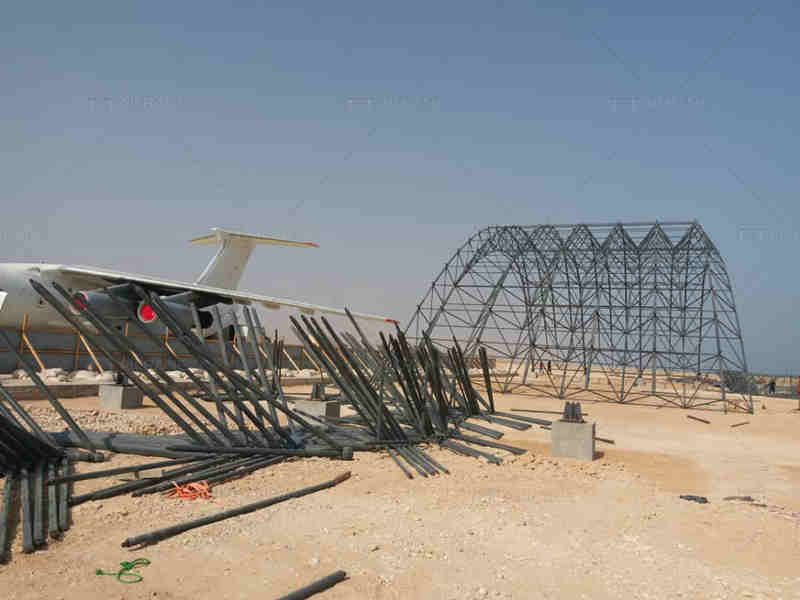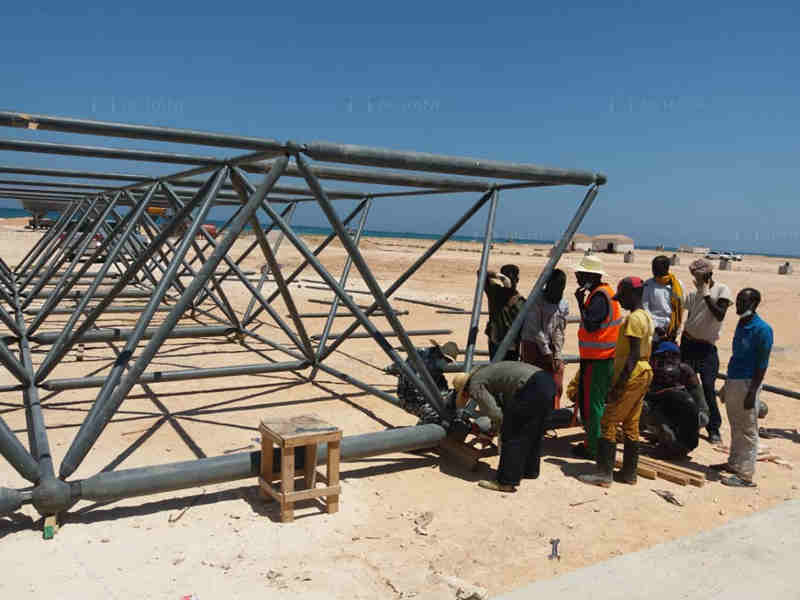Steel frame buildings for sale have gained popularity due to their durability, versatility, and cost-effectiveness. Whether you’re designing these buildings for industrial, commercial, or residential purposes, a well-thought-out design ensures their functionality, structural integrity, and market appeal. The following tips and considerations can guide you in creating steel frame buildings that stand out in the marketplace.

Understand the Purpose of the Building
The first step in designing steel frame buildings for sale is to define their purpose. Understanding the intended use will influence key design elements, such as size, shape, and layout. Common applications include:
Industrial Buildings: Warehouses, manufacturing plants, and steel structure workshops require open spaces, high load capacities, and room for large equipment.
Commercial Buildings: Retail stores, office spaces, and showrooms prioritize aesthetics, functionality, and flexibility for tenant needs.
Residential Buildings: Prefabricated homes and multi-story apartments focus on comfort, energy efficiency, and modern design.
Tailoring the design to the specific application ensures that the building meets buyers’ expectations and needs.
Prioritize Structural Integrity
Structural integrity is critical for any steel frame building. Key considerations include:
Load Capacity: Calculate the building’s live loads (e.g., furniture, equipment, and people) and dead loads (e.g., the weight of the steel structure itself).
Wind and Seismic Resistance: Design the structure to withstand local environmental conditions, such as strong winds or earthquakes.
Column and Beam Placement: Optimize the placement of steel columns and beams to distribute loads evenly while maximizing usable space.
Collaborating with experienced structural engineers can help ensure the building meets safety standards and performs well under various conditions.
Choose High-Quality Materials
The quality of materials directly impacts the durability and lifespan of the building. When designing steel frame buildings for sale, consider:
Structural Steel Grades: Use high-strength steel grades suitable for the building’s requirements.
Corrosion Resistance: In environments prone to humidity or chemical exposure, opt for galvanized or weathering steel to prevent rust.
Insulation Materials: Choose energy-efficient insulation materials to enhance thermal performance and reduce energy costs.
High-quality materials not only ensure structural reliability but also improve the building’s appeal to buyers.
Incorporate Flexible Designs
Flexibility is a valuable feature in steel frame buildings, as it allows buyers to customize the space to their specific needs. To achieve this:
Modular Design: Include modular components that can be easily added, removed, or rearranged. The reliable manufacturer like Aicrane will take this into consideration.
Open Floor Plans: Minimize internal columns to create large, open spaces that can be divided or rearranged as needed.
Mezzanine Levels: Offer optional mezzanine floors to maximize vertical space for offices or storage.
A flexible design increases the building’s marketability and broadens its potential applications.
Focus on Aesthetic Appeal
While functionality is crucial, aesthetics play a significant role in attracting buyers. Modern steel frame buildings often feature sleek, minimalist designs that emphasize clean lines and innovative use of materials. Consider:
Exterior Cladding: Use materials like metal panels, glass, or composite materials for a modern look.
Color Schemes: Offer customizable color options to match buyers’ branding or preferences.
Architectural Details: Incorporate elements such as overhangs, canopies, or decorative steelwork to enhance visual appeal.
An aesthetically pleasing design adds value to the building and sets it apart from competitors.

Optimize Energy Efficiency
Energy efficiency is a top priority for many buyers, as it reduces operating costs and aligns with sustainability goals. To design energy-efficient steel frame buildings:
Insulation: Use high-quality insulation in walls, roofs, and floors to minimize heat transfer.
Windows and Skylights: Install energy-efficient windows and skylights to maximize natural light while reducing energy consumption.
Solar Panels: Offer roof designs compatible with solar panel installation to promote renewable energy use.
Energy-efficient features not only attract eco-conscious buyers but also comply with green building certifications.
Ensure Easy Assembly and Transport
Ease of assembly and transport is a significant selling point for steel frame buildings for sale, especially prefabricated models. To achieve this:
Prefabricated Components: Design steel frames and panels for off-site manufacturing and on-site assembly.
Standardized Parts: Use standardized connections and components to simplify construction and reduce costs.
Lightweight Materials: Opt for lightweight steel materials that are easier to transport and install.
A design that facilitates quick and hassle-free assembly appeals to buyers looking for efficiency and convenience.
Consider Local Building Codes and Regulations
Compliance with local building codes and regulations is essential to ensure the building’s legality and safety. Key steps include:
Research Zoning Laws: Understand zoning restrictions in the areas where the buildings will be sold. The reliable
Adhere to Safety Standards: Ensure the design meets fire resistance, load capacity, and accessibility requirements.
Obtain Permits: Work with local authorities to secure necessary permits for construction and sale.
Designing buildings that comply with regulations saves buyers time and effort, making the product more attractive.
Incorporate Sustainability Features
Sustainability is a growing concern for buyers, and incorporating eco-friendly features can boost the appeal of your steel frame buildings. Consider:
Recyclable Materials: Use steel and other materials that can be recycled at the end of the building’s life.
Rainwater Harvesting Systems: Include designs for collecting and utilizing rainwater.
Green Roofs: Offer the option of green roofs to improve insulation and reduce environmental impact.
Sustainability features enhance the building’s market value and demonstrate a commitment to environmental responsibility.
Offer Customization Options
Customization allows buyers to tailor the building to their unique needs, making it a key selling point. Examples include:
Size and Dimensions: Offer a range of sizes and heights to accommodate different applications.
Interior Layouts: Provide customizable floor plans and partition options.
Additional Features: Allow buyers to add features such as HVAC systems, mezzanine floors, or specialized storage areas.
Providing customization options increases buyer satisfaction and expands the potential customer base.
Designing steel frame buildings for sale requires a balance of functionality, aesthetics, and market appeal. By prioritizing structural integrity, energy efficiency, and customization, you can create buildings that meet the diverse needs of buyers. Incorporating sustainable features, high-quality materials, and modular designs further enhances the value of your products. With thoughtful planning and attention to detail, your steel frame buildings will stand out in the competitive market and attract a wide range of customers.